icon
Anatomy
The hamstrings are made up of 3 muscles: biceps femoris (long and short head) laterally, and the semitendinosus and semimembranosus medially.
Role of the hamstring
The hamstrings act in flexing the knee and extending the hip. The hamstrings are very active during running, particularly in the late swing phase, and become more involved as speed increases.
Hamstring strains
Of the 3 hamstring muscles, the biceps femoris is the most commonly injured, accounting for between 76 and 87% of hamstring strain injuries. The biceps femoris also has an injury recurrence rate of up to 25%.
Hamstring strains are common in running based sports including AFL, rugby and soccer, as most hamstring strains occur during sprinting or kicking.
Risk factors
Risk factors for hamstring strains include:
Previous injury
Changes in training load
Fatigue
Lack of core stability
Lack of flexibility
Symptoms
Symptoms may include:
Pain
Swelling at the site
Inability to run at speed
Rehabilitation
Rehabilitation and return to play time will depend on the severity of the injury. Your physiotherapist will focus on addressing deficits in muscle strength, regaining muscle length and a number of other factors. Due to the high recurrence of injury, your Physiotherapist may include an on-going plan to prevent re-injury following return to play.
Prevention
One of the simplest yet most effective and evidence-based ways to reduce hamstring injuries this pre-season is to implement the Nordic Hamstring Protocol. Nordic’s have been a staple exercise choice since their inception for hamstring prevention and rehabilitation. The beauty of the Nordic Hamstring protocol is that is requires no equipment, no cost and can be implemented anywhere, even at the local park, at home or in the gym.
It is also important to note that whilst the Nordic Hamstring is a fantastic exercise, it forms only one part of the hamstring injury prevention paradigm and a thorough program developed by your physiotherapist and/or strength and conditioning coach is required in order to truly minimise the risk of hamstring injuries.
Management of high speed running (HSR) load is also something to consider, as rapid increases in high speed running load increases risk of hamstring strain injury.
Book an appointment with one of our Physiotherapists at Coast Sport by calling (02) 4356 2588 or book online via the button below.
References
Buckthorpe, M. et al. 2018. Recommendations for hamstring injury prevention in elite football: translating research into practice. British Journal of Sports Medicine, 53(7).
Petersen, J. et al 2015. The preventive effect of the nordic hamstring exercise on hamstring injuries in amateur soccer players: a randomized controlled trial. American Journal of Sports Medicine, 43(6).

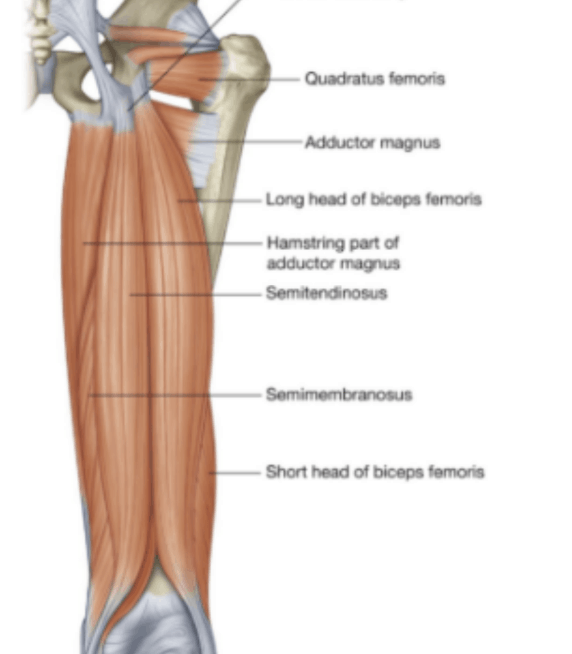
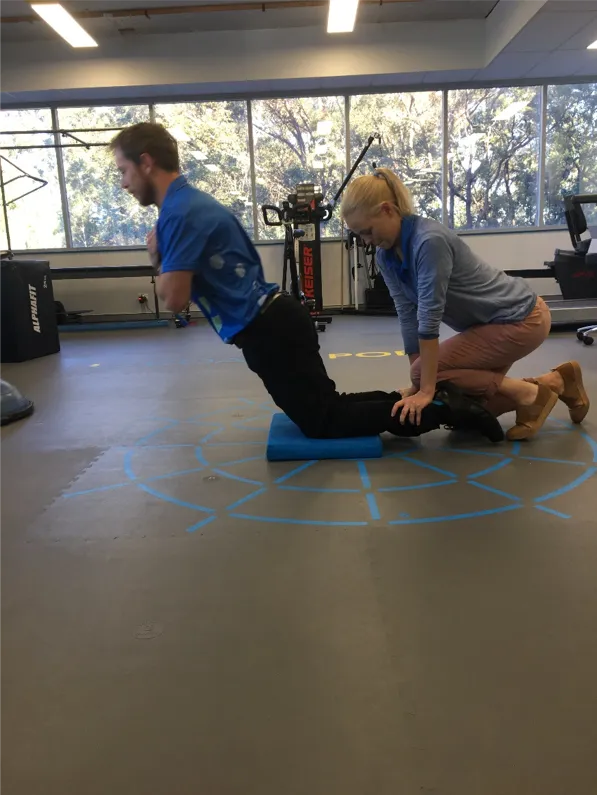
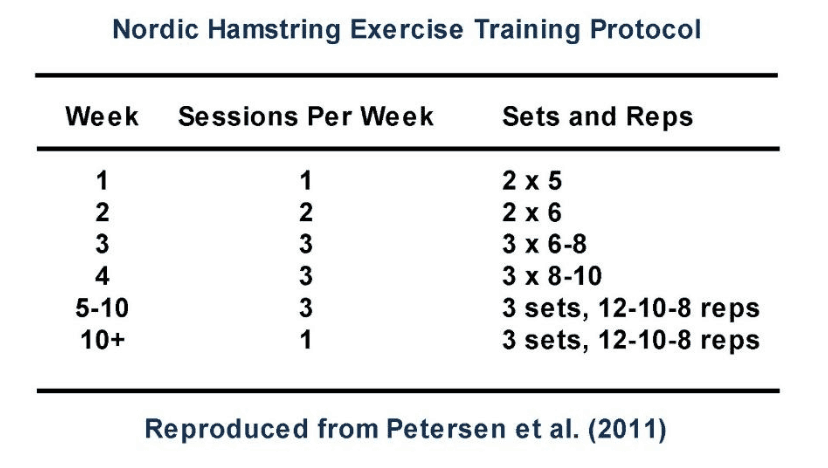

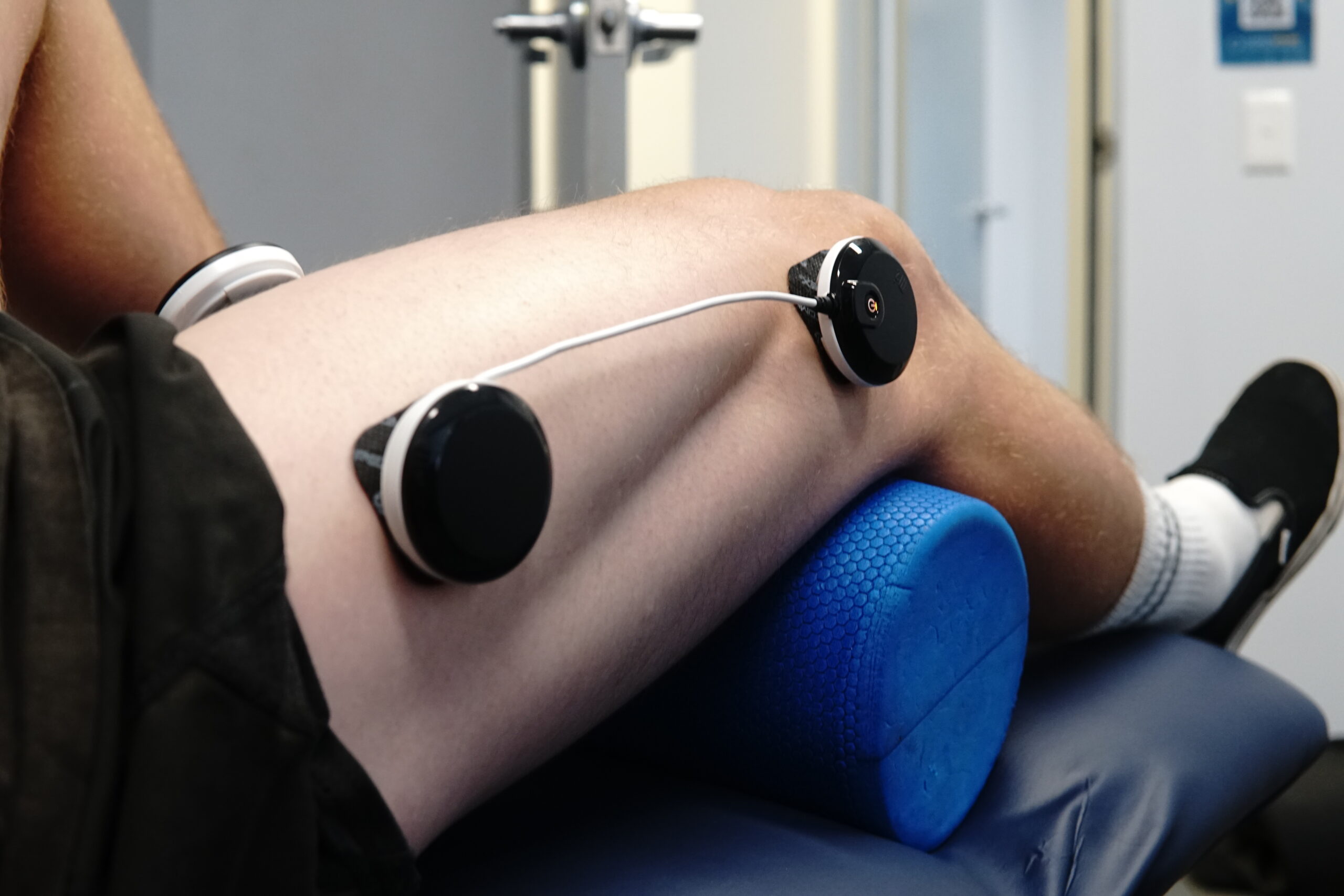
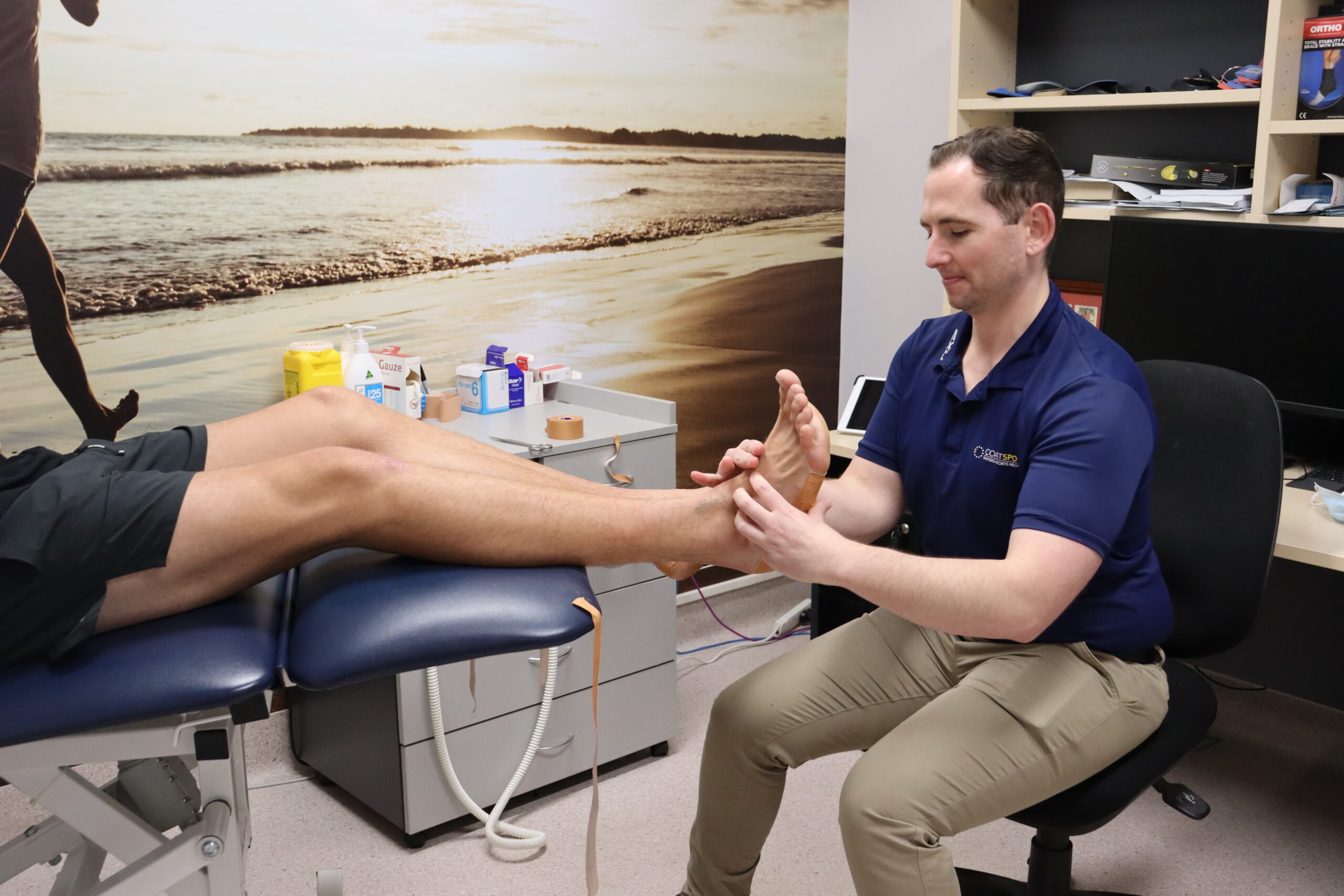
 Helping the Central Coast Feel Well, Move Well and Perform Well!
Helping the Central Coast Feel Well, Move Well and Perform Well!